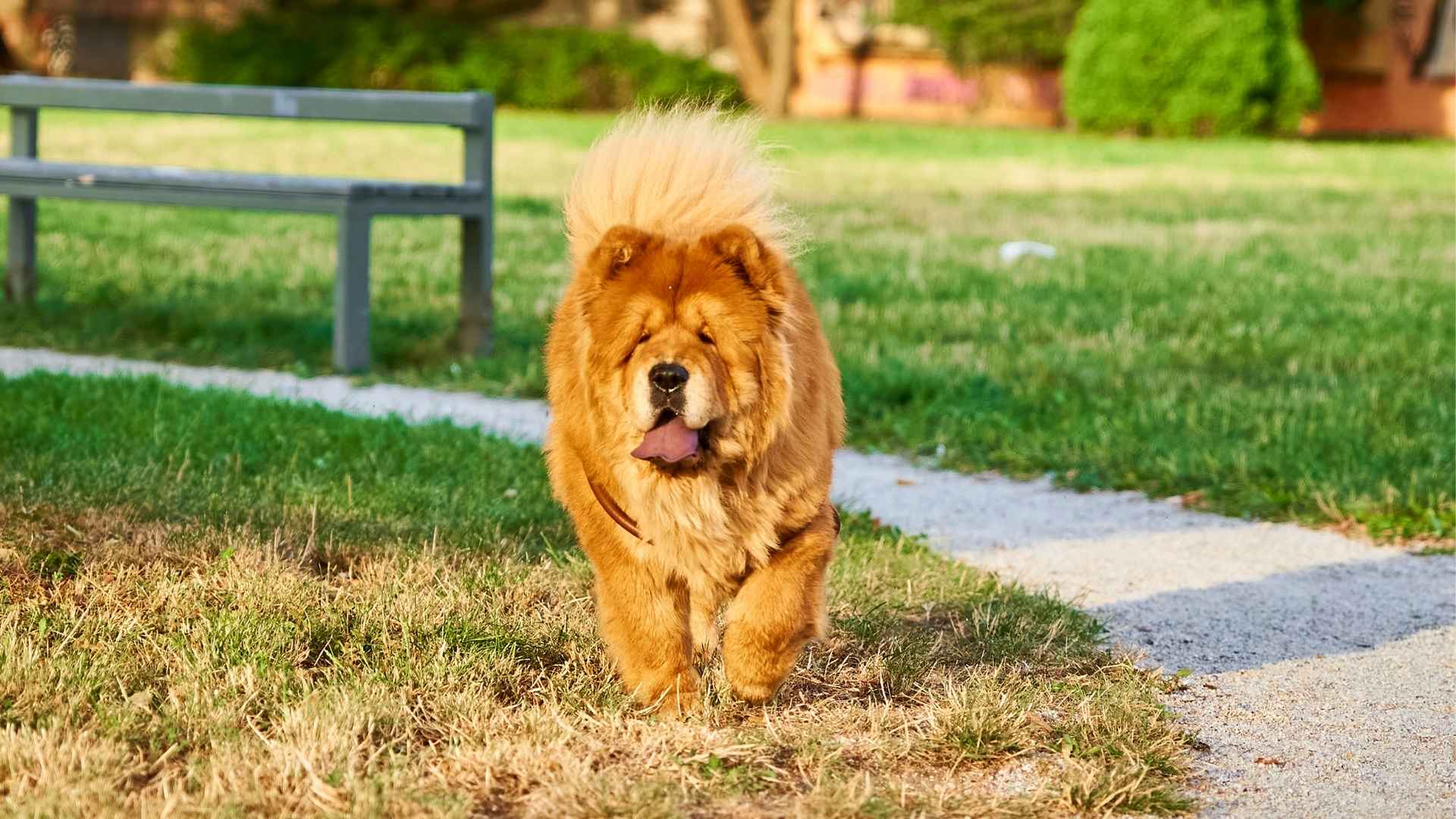Aging gently often means adapting our lives in small but meaningful ways. For seniors with limited mobility, a furry companion can bring laughter, warmth, and a sense of community, but here’s the thing: not all dog breeds are a supportive fit.
Studies show that older adults with dogs report significant benefits—lower blood pressure, lower cholesterol, and reduced heart-disease risks—but those perks often come from pets that match the owner’s pace, not from ones that push their physical limits.
Imagine leaning on your cane, hoping for a calm nuzzle, and instead managing a sprinting pup or wrestling down a strong dog on a leash. That disconnect between desire and ability doesn’t just steal joy—it can become a hazard. That’s why choosing wisely matters.
Dog Breeds To Avoid For Seniors With Limited Mobility
Here are the 9 worst dog breeds:
1. Cocker Spaniel
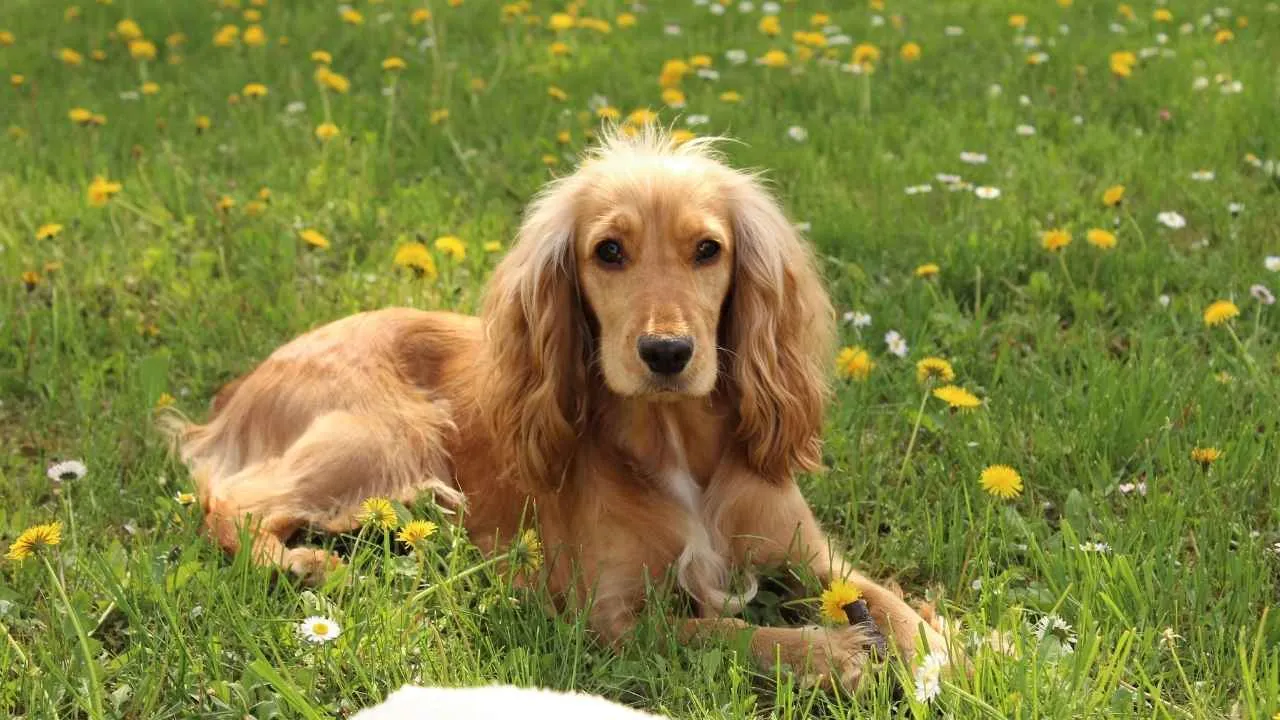
Cocker Spaniels may seem like the perfect lap dog, but here’s the thing: they’re high-energy dogs who crave activity and mental stimulation. Without proper exercise, these high-maintenance breeds can become restless or develop behavior issues that are tough to manage for someone with limited mobility.
They also have grooming needs that include frequent brushing and coat trims, which can become physically demanding—especially when mobility is a concern.
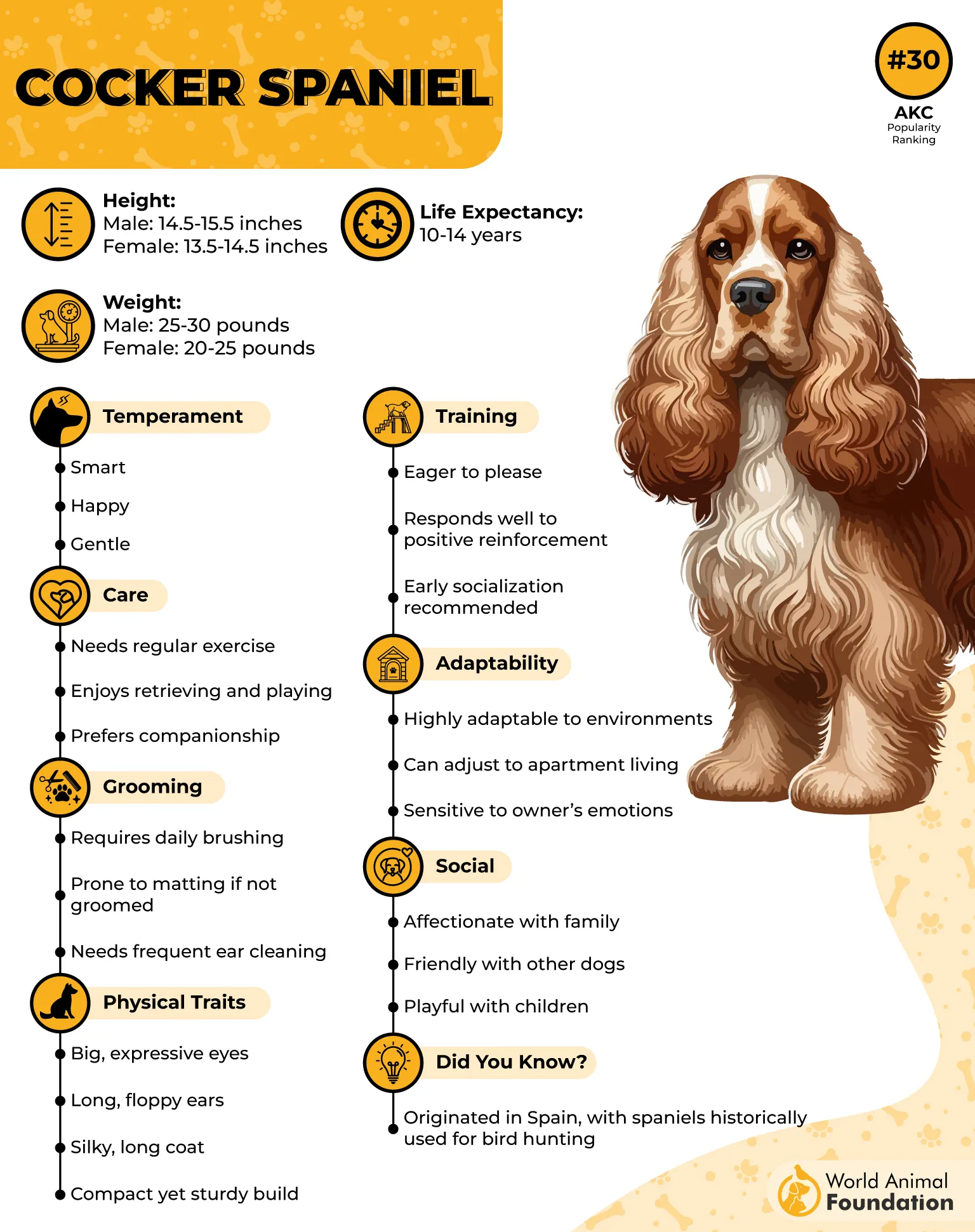
Unique Traits
Merry and affectionate: According to the American Kennel Club (AKC), they are known as the merry Cocker Spaniel; they have big, dreamy eyes and a joyful demeanor that melts hearts.
Hunting roots: Originally bred as hunting dogs, Cockers were used to flush out woodcock—hence the name.
Small sporting breed: The smallest member of the AKC’s Sporting Group, yet built with athleticism and endurance.
Sensitive nature: They can be overwhelmed by excessive attention, and without proper direction, their “chaotic energy” can become overwhelming for owners.
2. Dalmatian
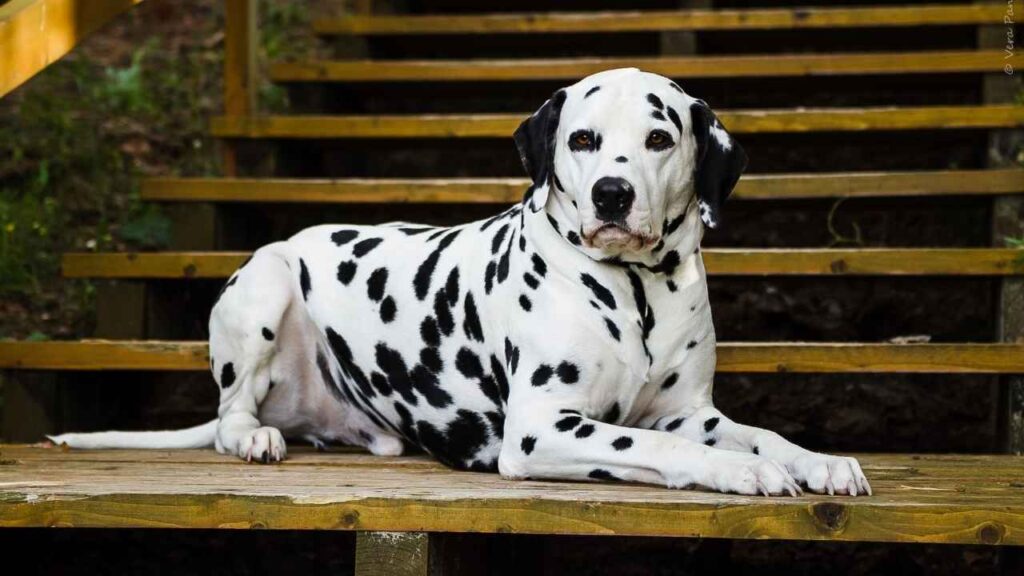
Dalmatians are best known for their striking looks, but behind those spots is a dog with boundless energy and a strong need for constant activity. Originally bred to run long distances, they thrive in homes where exercise and mental stimulation are daily priorities.
This becomes difficult for seniors with limited mobility, as the breed’s drive for movement can quickly become frustration or destructive behavior when unmet.
Add in their tendency toward aggressive behavior if not given proper structure, and it’s clear why this athletic breed is often considered a mismatch for those seeking a calmer, more relaxed companion.
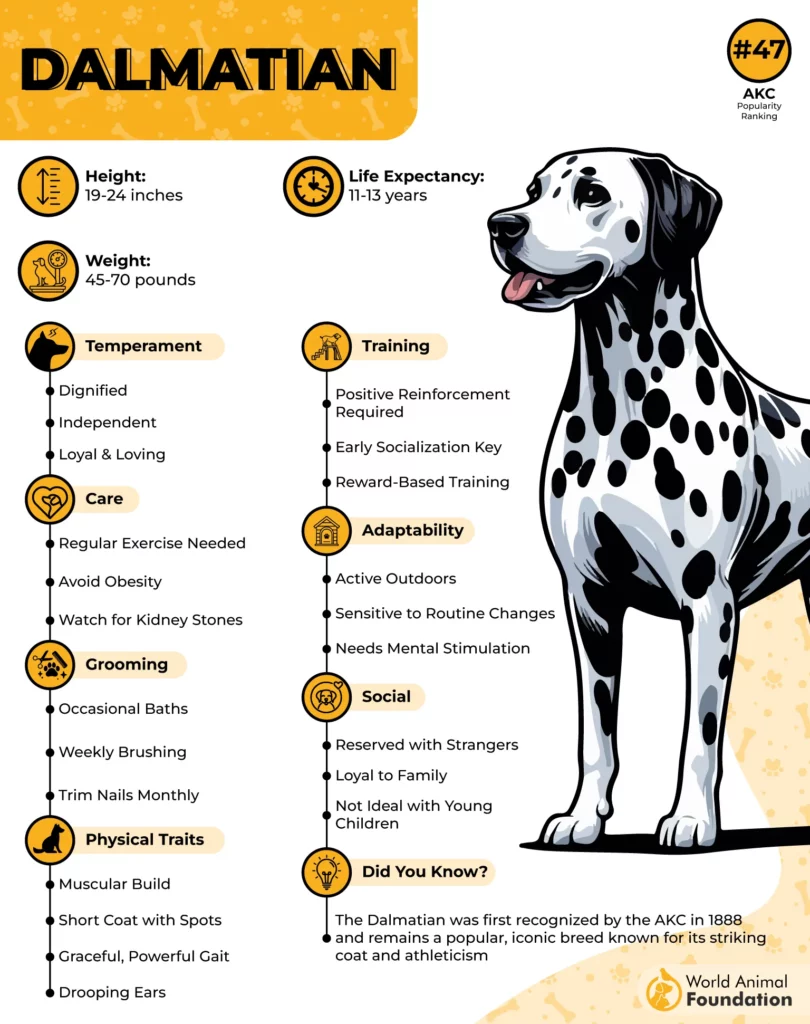
Unique Traits
Historic Carriage Dogs: Bred to run alongside horses, guarding passengers and property on long journeys.
Distinctive Appearance: Their famous spotted coat makes them one of the most recognizable dog breeds in the world.
Natural Watchdogs: Loyal and alert, they carry protective instincts without being overly aggressive.
Playful Temperament: Known for their goofy and clownish personalities, especially with consistent early socialization.
3. Chow Chow
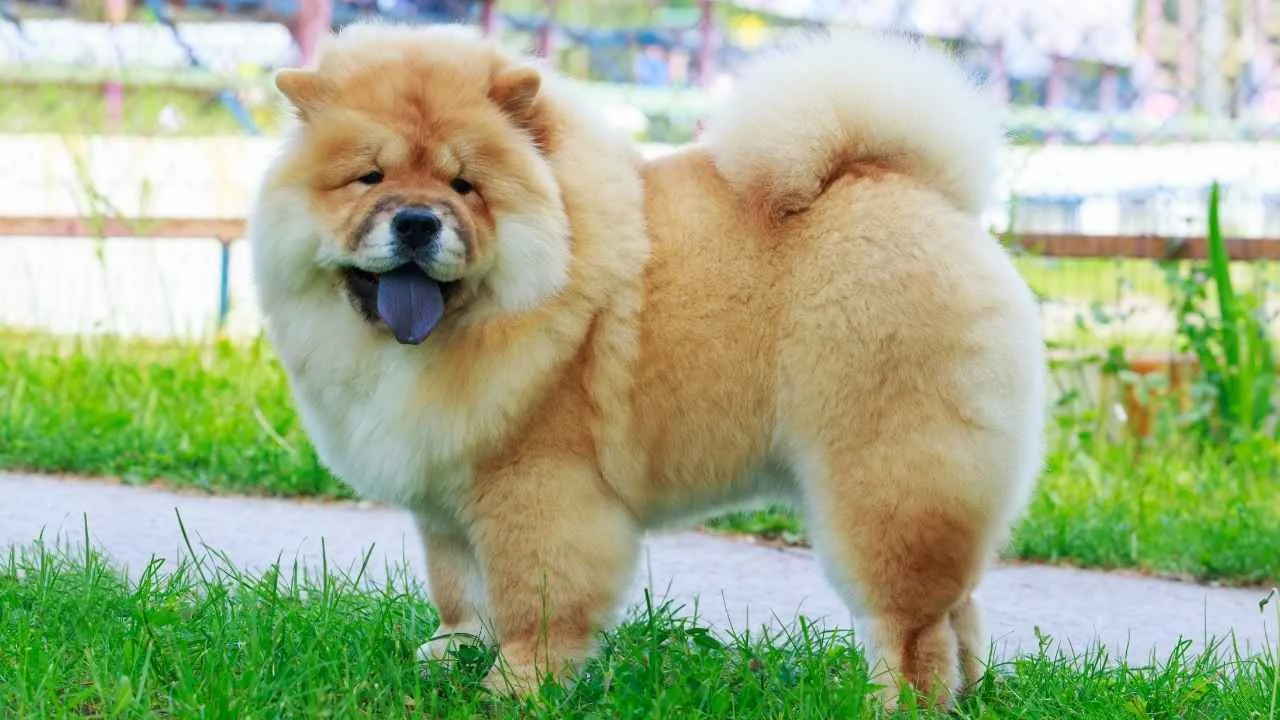
Chow Chows present a mix of independence and guarded demeanor that can make them challenging for seniors to handle. Their aloof temperament means they are not particularly affectionate or easy to bond with casually, and they require firm—but gentle—direction.
Their dense double coat calls for regular grooming to prevent matting. Their sizable, sturdy build may feel physically demanding for someone with mobility limitations.
They also face a high risk of hip and elbow dysplasia, conditions that impact movement and joint health—adding complexity and stress to senior pet care.
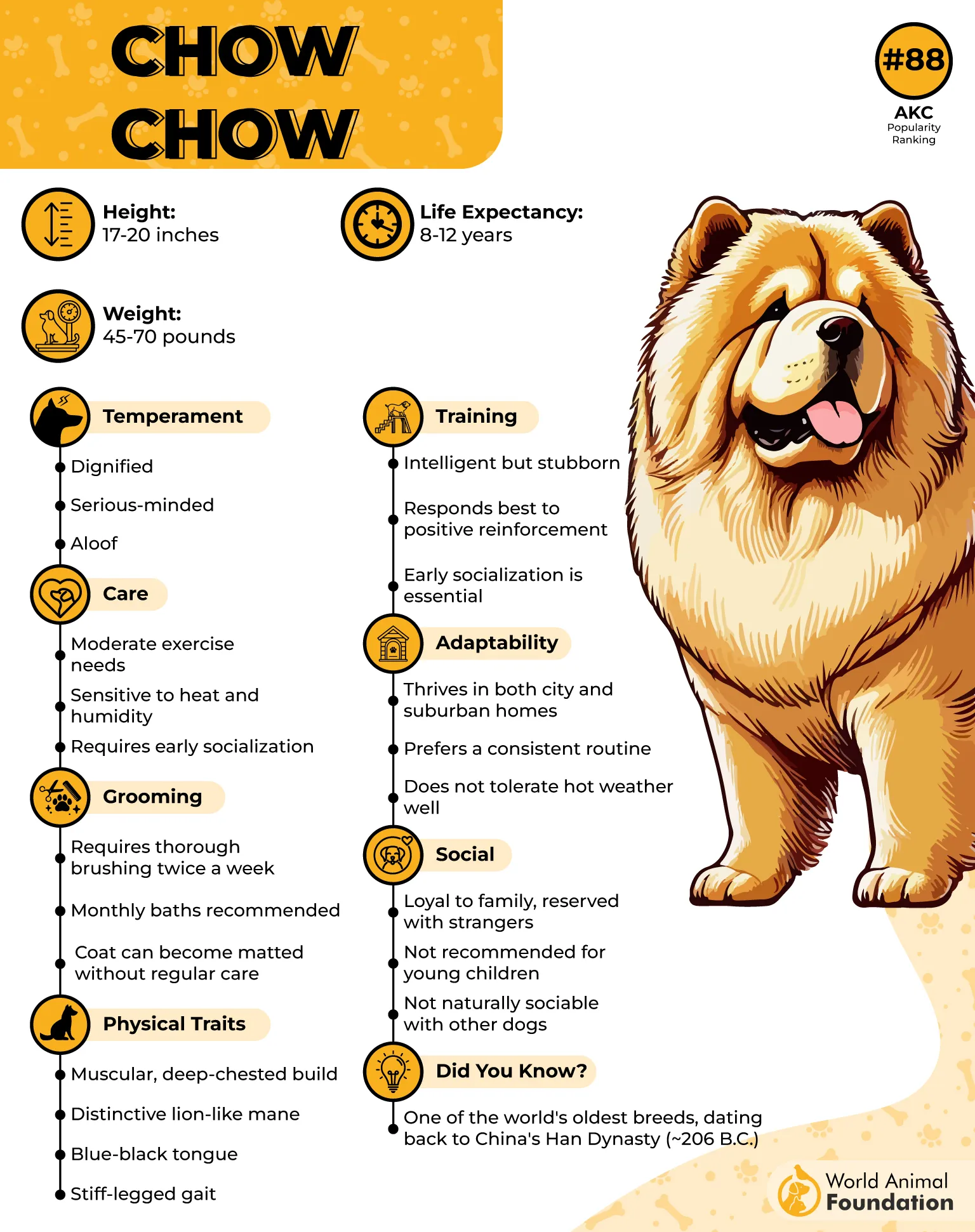
Unique Traits
Lion-like appearance: Broad skull, dense ruff, and stilted gait give them a dignified spitz-type presence.
Blue-black tongue: One of the few breeds with this rare trait, making their look instantly unique.
Independent guard instincts: Naturally reserved and protective—traits rooted in their history as guards and hunters.
4. Siberian Husky
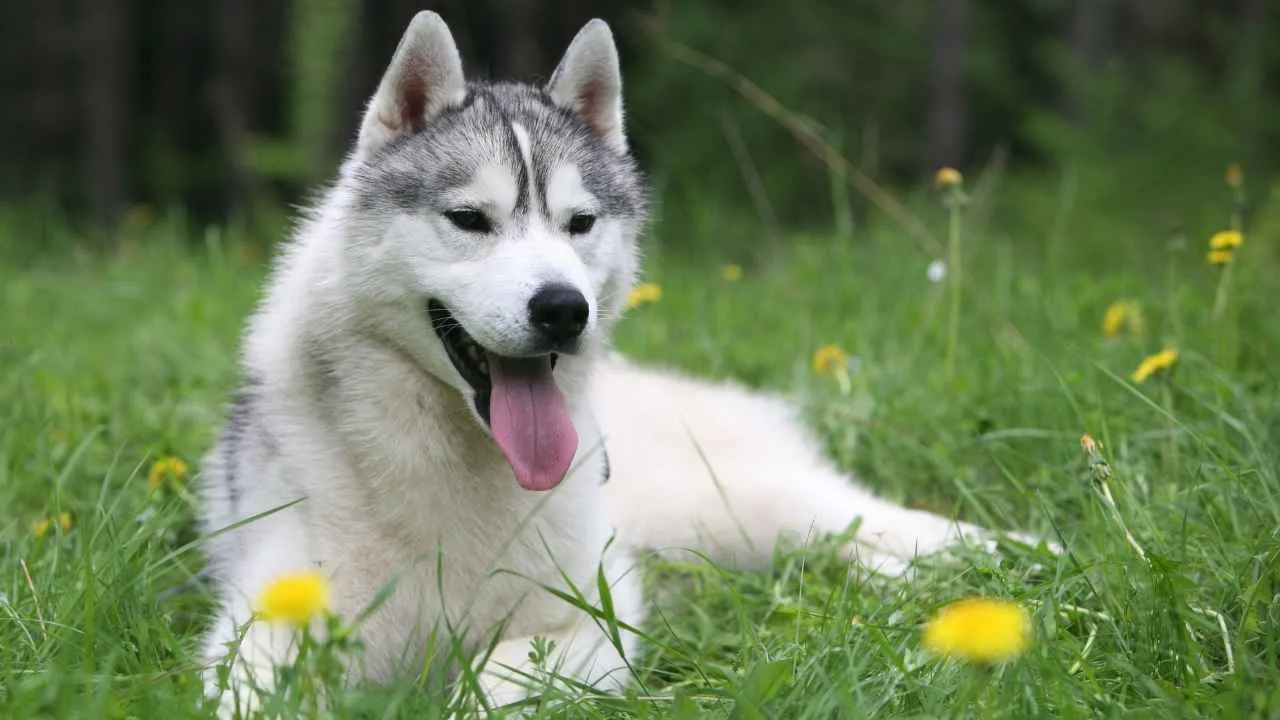
The Siberian Husky stands out among different dog breeds thanks to its incredible stamina and independence—but that same spirit can make it a tough fit for seniors facing mobility challenges.
These dogs demand lengthy daily activity, often needing at least 90 minutes to two hours of vigorous exercise or proper training just to stay mentally balanced. Their independent, sometimes stubborn streak means obedience requires consistency—that’s not easy when leash control or mobility is limited.
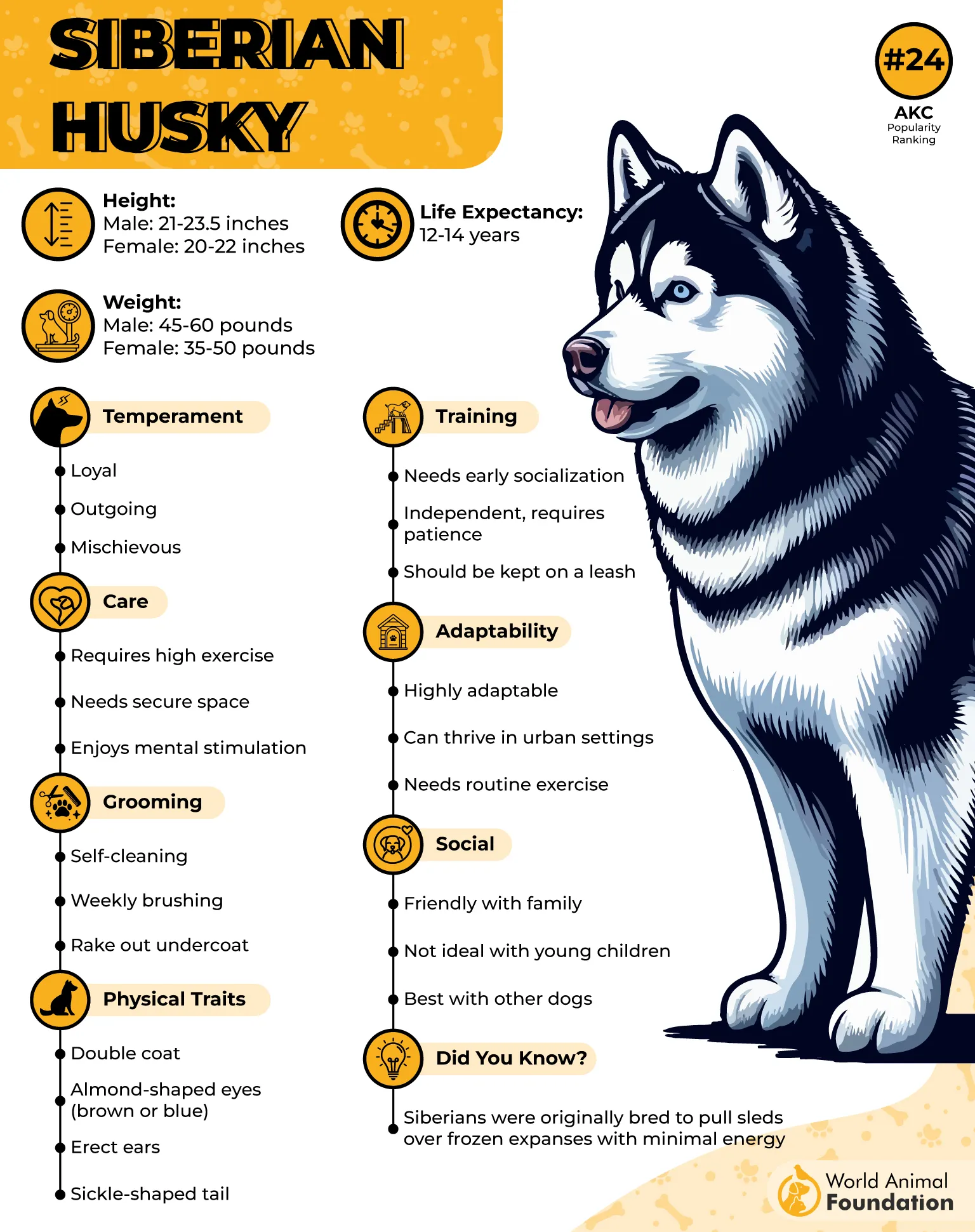
Unique Traits
Sled-dog roots: According to Hills Pet, they were bred by the Chukchi people for endurance and teamwork. They run long distances and thrive when given a purpose.
Striking looks: Dense double coat, erect ears, and often mesmerizing blue or heterochromatic eyes make them instantly recognizable.
Escape artists: Agile and clever, Huskies are known for digging, climbing, or slipping out of yards when bored.
5. Border Collie

The Border Collie can be an incredible companion—but only when the fit is perfect. For many older adults, this breed can be more than they bargained for. Known among dog breeds for seniors as one that often demands far more energy, training, and mental engagement than most can sustain, especially when mobility is limited.
Their innate intensity and drive mean they need thoughtful outlets, or they may become restless or anxious. These dogs are not the right dog breed when you’re looking for calm presence over constant motion and challenge.
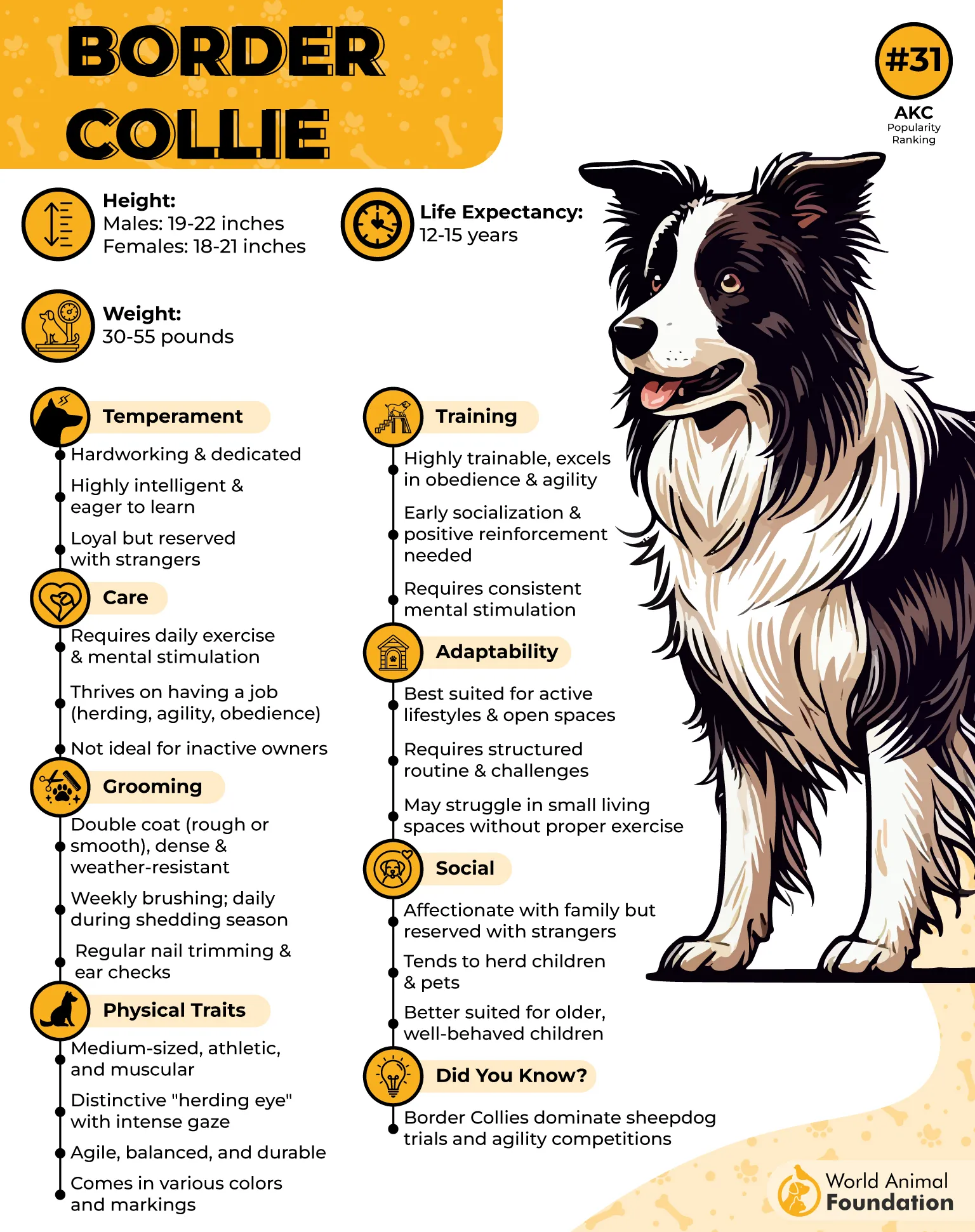
Unique Traits
Herding genius: Born on the Anglo-Scottish border, they possess unmatched herding instincts and are celebrated as one of the smartest working dog breeds around.
Athletic prowess: Exceptionally agile, fast, and precise—they dominate in dog sports and herding trials, always on the move.
Lifespan and senior phase: According to PetMD, they typically live 12–13 years. Even in their mature years, many remain sharp and active—but senior collars might tolerate only 30 minutes of exercise a day if mobility wanes.
6. Australian Shepherd
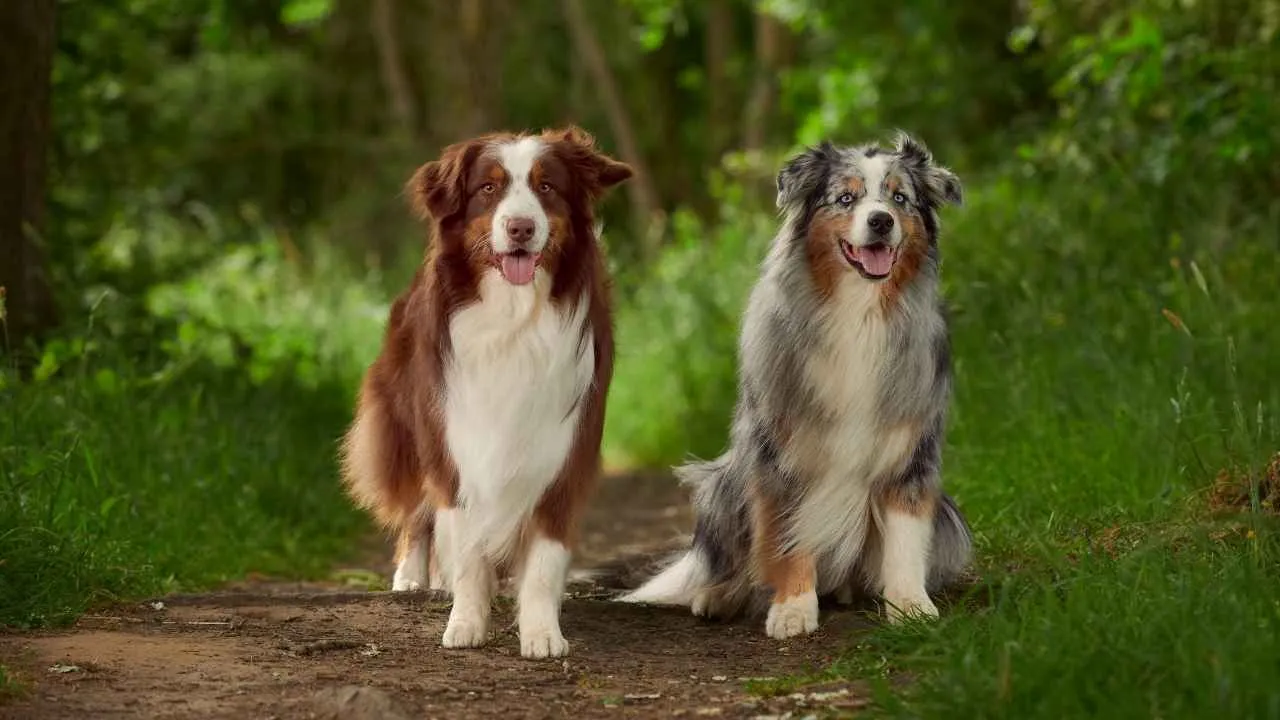
The Australian Shepherd—beloved by active families—is a herding breed engineered for stamina, mental sharpness, and physical work. For many older adults, especially those seeking calmer pet dogs, this means the Aussie can feel more like a daily workout than a gentle companion.
Their high energy makes them prone to boredom and anxious behavior if activity and proper training aren’t provided. In short, they’re often one of those other dogs that demand more than many seniors can consistently offer, which can lead to frustration on both sides.

Unique Traits
True herding heritage: Originally developed for life on ranches and farms, Aussies are built for endurance and purpose.
Distinctive looks and coat: Sporting a medium-length double coat in merle, black, red, or combinations, they often have expressive blue or multicolored eyes.
Strong work ethic: In a household that can’t keep pace, boredom can lead to digging, chewing, or escaping—classic signs of unmet drive.
7. Pitbull Terrier
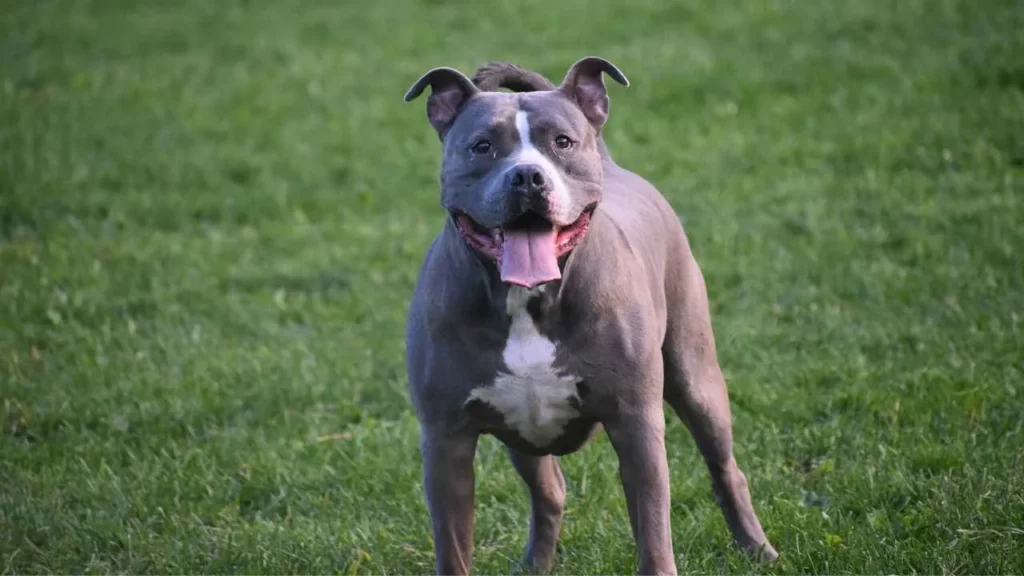
Pit bulls are solidly built, medium-sized dogs with plenty of muscle and energy. Though they can be loyal companions, their strength and boundless enthusiasm can easily overwhelm someone with limited mobility, especially without consistent proper training and guidance.
They’re often lumped into other breeds with reputations for dog aggression—thankfully, not always accurate—but that stigma only adds stress for senior pet owners, who may already worry about stability and control.
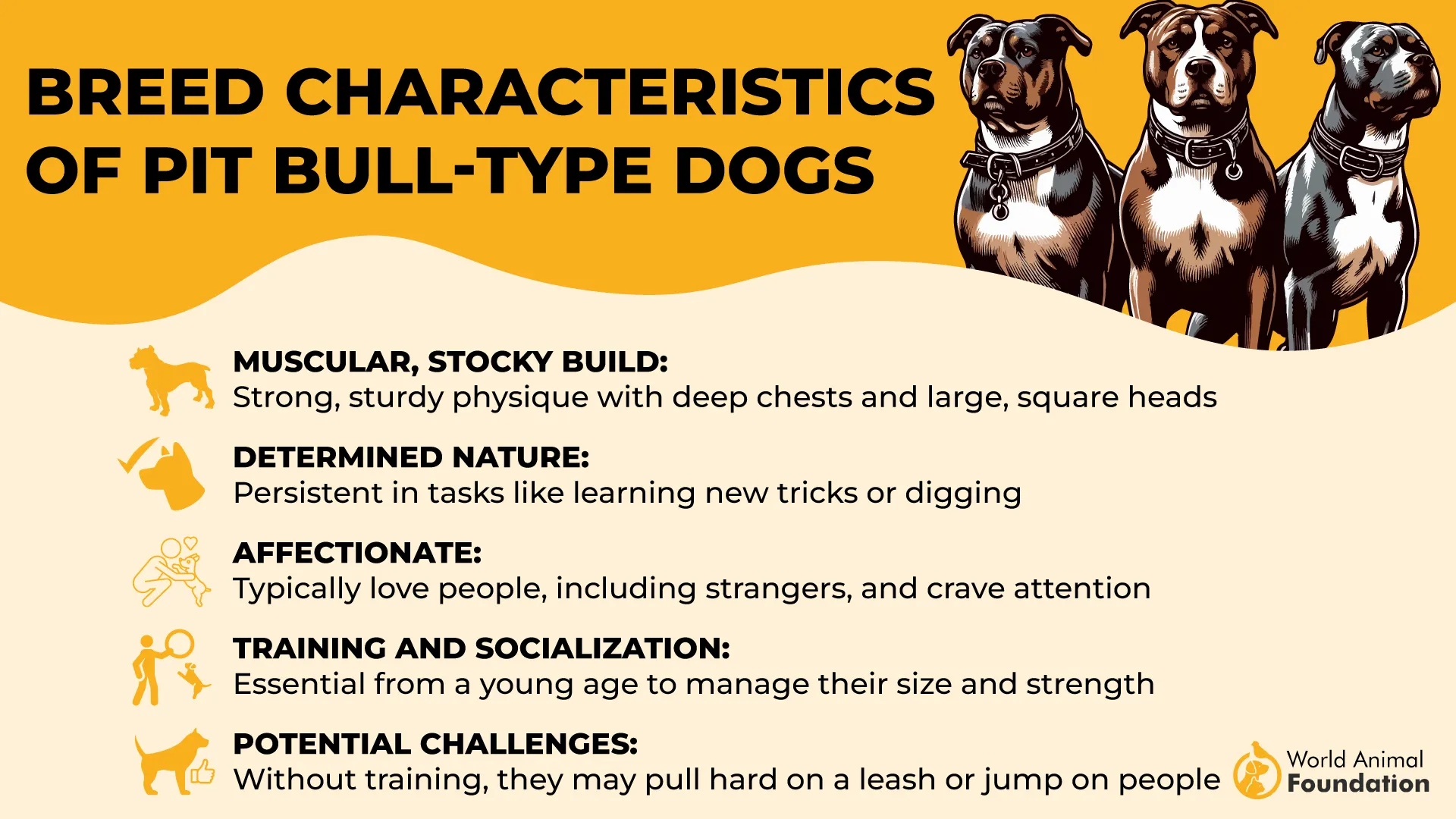
Unique Traits
Muscular build and confidence: Pit bulls are compact but powerful dogs, known for both strength and graceful athleticism.
Versatile working dog lineage: Historically, they’ve served as working dogs in roles like herding, search and rescue, therapy, and police support.
Misunderstood reputation: The term “pit bull” covers several breeds and mixes. While the media often paints them as aggressive, studies show that those behaviors often stem from poorly socialized dogs, not breed alone.
8. Jack Russell Terrier
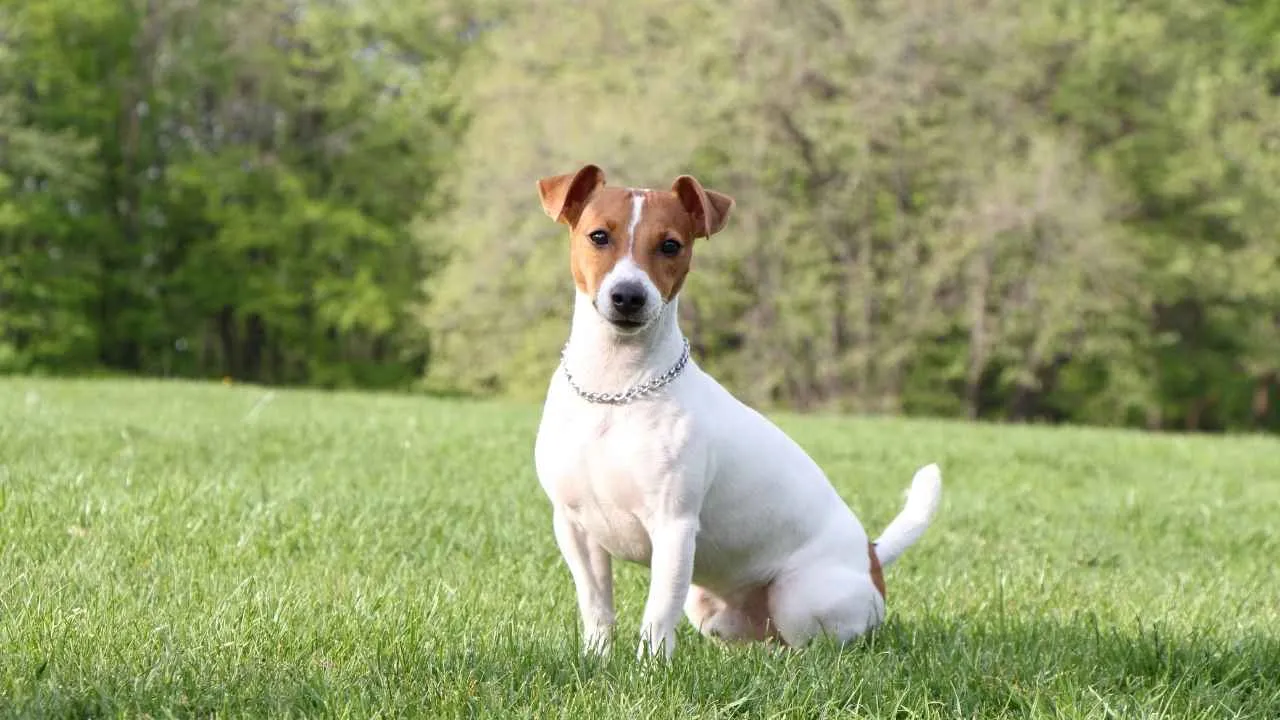
Jack Russell Terriers pack a punch in a small package—and that can be a problem. These spirited dogs are notorious for how much they require daily activity, demanding lengthy bursts of movement and mental engagement. They thrive on challenge and stimulation, turning to mischief or excessive barking if left bored.
For seniors, consistent obedience training can be a tall order—these terriers are smart but stubborn, pushing boundaries unless every session is upbeat and focused.
And because they’re built for an active lifestyle, they may clash with a quieter household or slower pace, making them a less-than-ideal choice when energy levels don’t match.
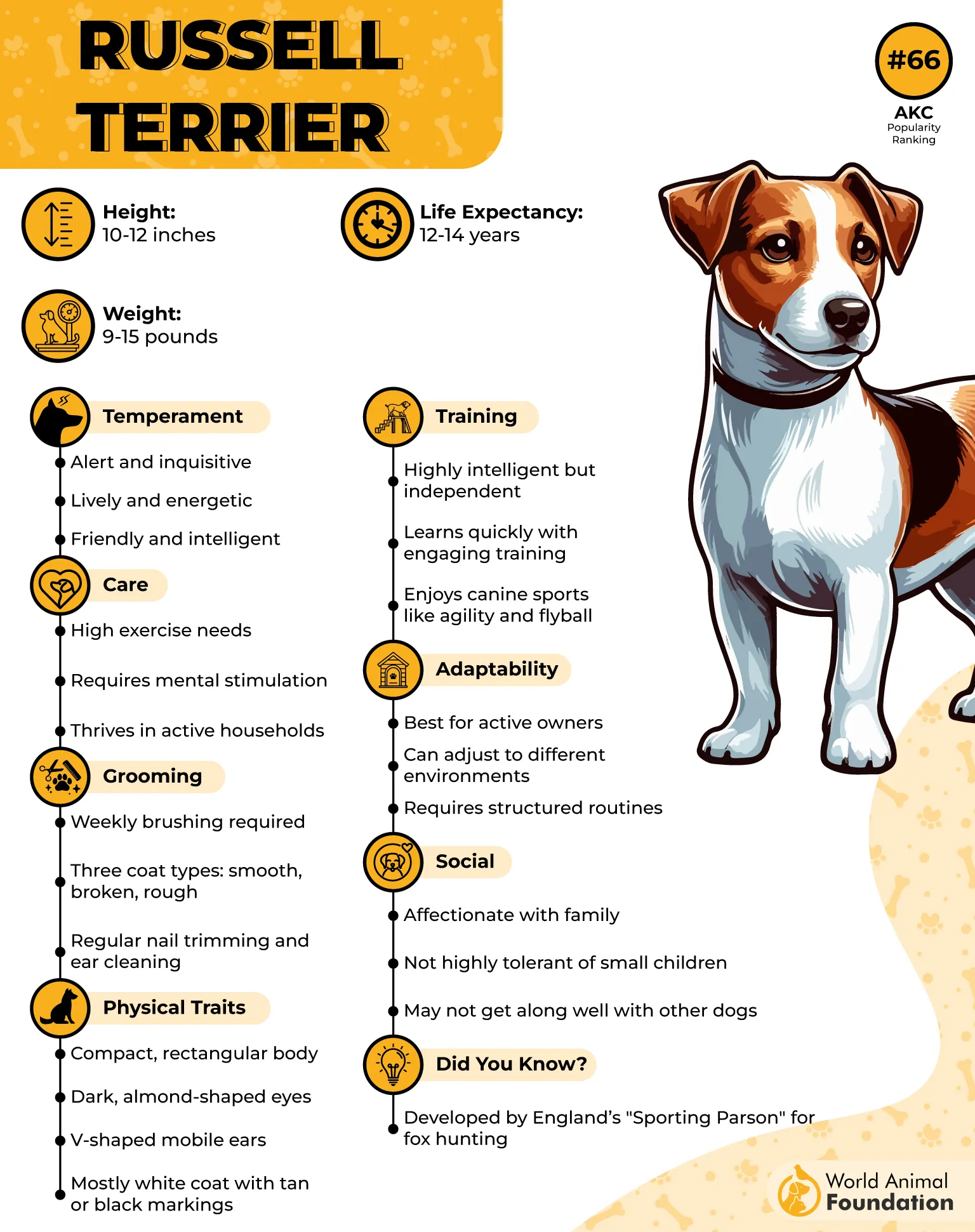
Unique Traits
Fox-hunting heritage: Bred in 19th-century England to pursue foxes into the earth, they’re fearless, agile, and endlessly curious.
Tiny dynamo: Though small and compact, they carry remarkable stamina—often needing up to 90 minutes of rigorous exercise daily to stay calm and happy.
Strong prey drive: Their hunting instincts mean they’re prone to chasing smaller creatures, making careful socialization around other animals essential.
9. Akita
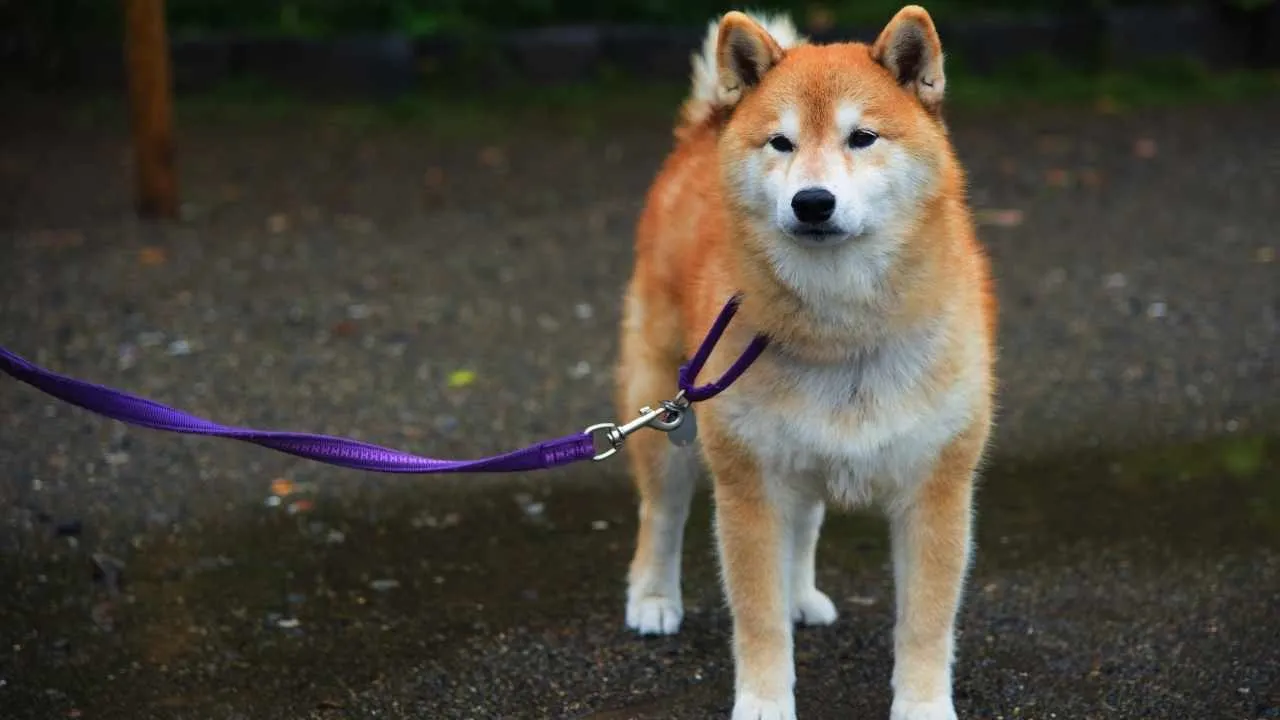
The Akita might look dignified—and it is—but make no mistake: it’s a powerful, large working dog built for endurance, strength, and independence. An Akita’s size and muscular build demand physical handling even in routine tasks, and their strong-willed nature calls for an owner who can match it confidently.
While the breed is generally known for being physically healthy, requiring less frequent medical visits if properly cared for, that same robustness doesn’t translate to ease of management for someone with limited mobility.
In senior living situations, where simplicity and consistency are key, the Akita’s intensity and specific handling needs place it higher on the list of certain breeds to avoid.
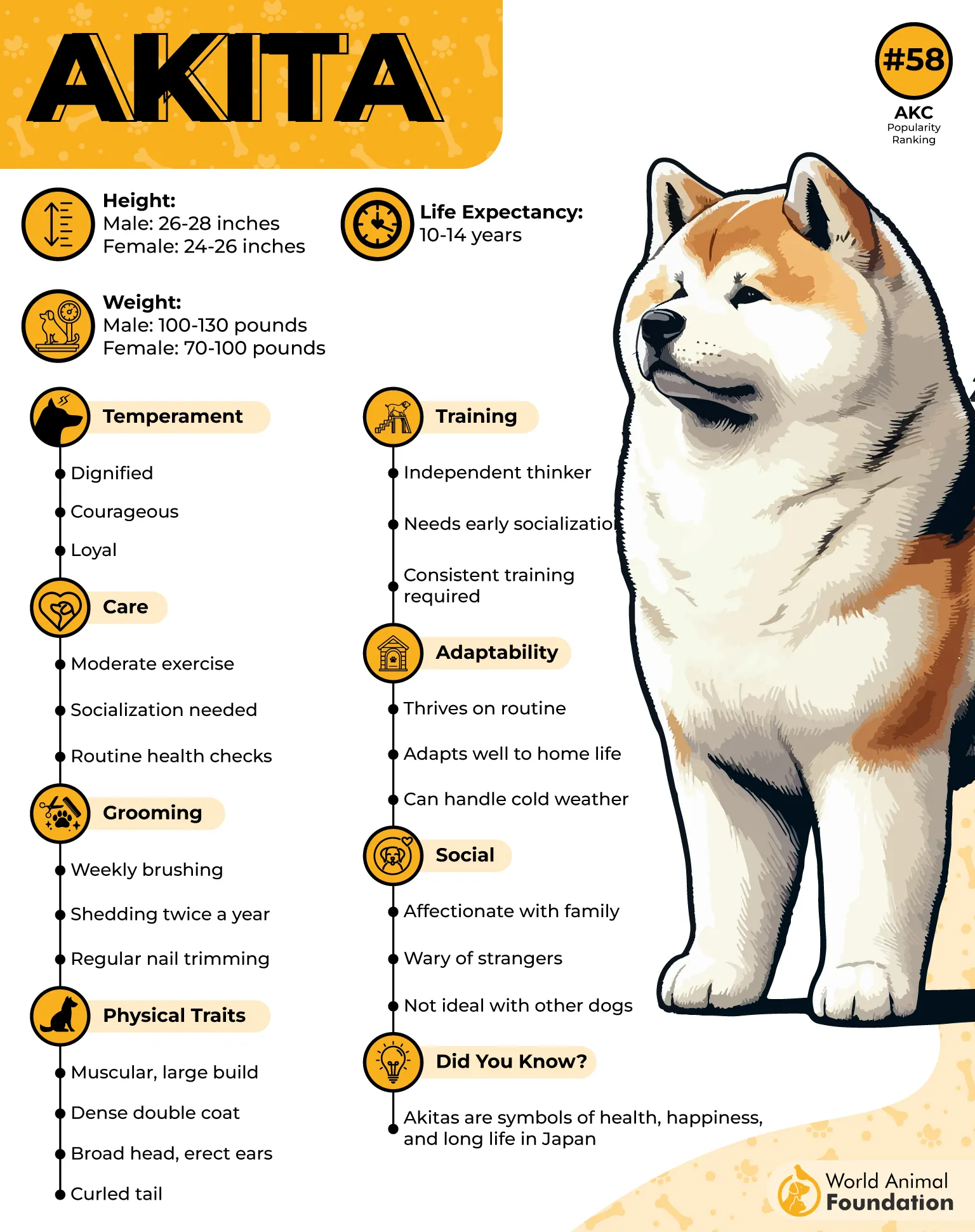
Unique Traits
Majestic spitz appearance: Broad chest, curled tail, erect triangular ears, and a fluffy double coat—an unmistakable silhouette that exudes strength and elegance.
Guardians at heart: Naturally protective, they were bred for hunting and guarding, with an innate sense of vigilance toward their family and territory.
Independent and reserved: Often quiet and self-contained, they can be aloof with strangers and may not easily accept other animals without early and consistent socialization.
Conclusion
Choosing a dog later in life isn’t just about companionship—it’s also about practicality. While many breeds bring joy and health benefits through affection and routine, some simply aren’t the right fit. Large dogs, especially those bred as guard dogs or for high-energy work, often require more strength, exercise, and control than many seniors can comfortably provide.
These unsuitable dog breeds may pose risks rather than comfort in daily life. For seniors, successful pet ownership comes down to finding a dog that matches their energy, mobility, and lifestyle, ensuring that the relationship adds ease and happiness instead of unnecessary challenges.


